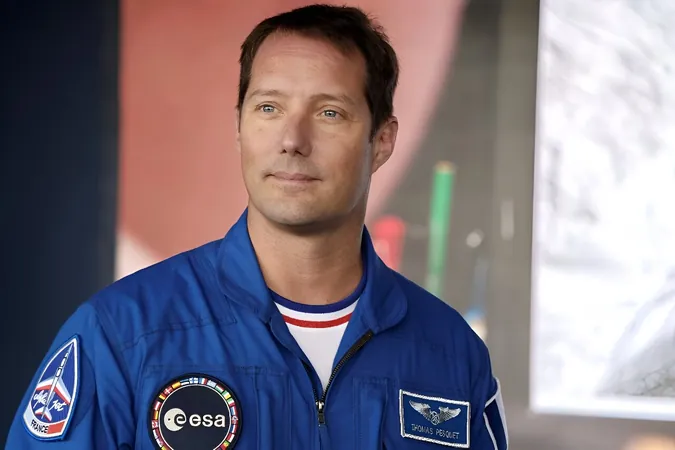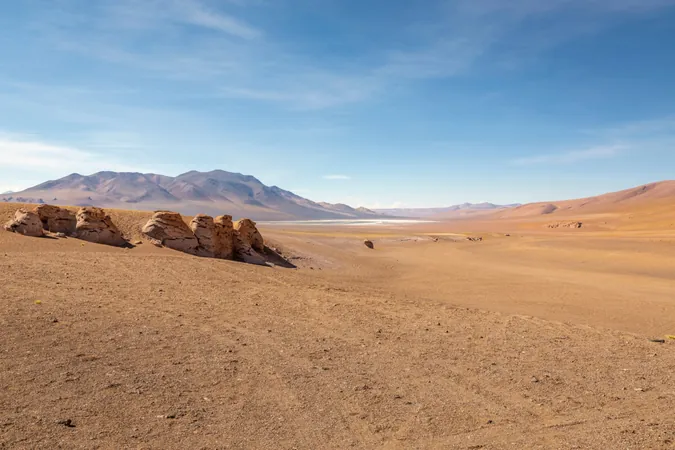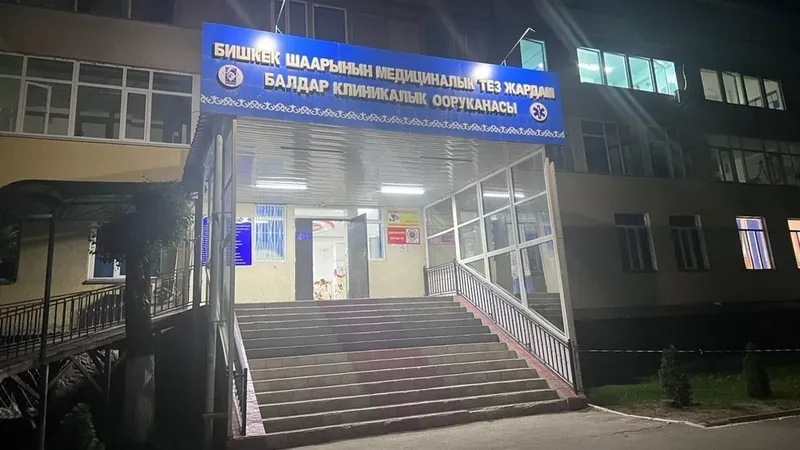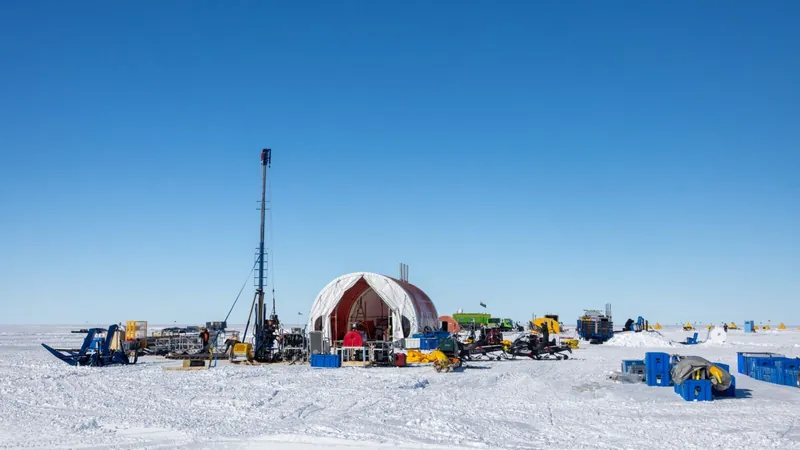
Europe Takes Giant Leap Towards Moon Exploration with New Simulator, Astronaut Pesquet Reveals!
2024-09-28
Author: Mei
Introduction
In an exciting development for lunar exploration, European space efforts are accelerating with the introduction of a new state-of-the-art lunar simulator named LUNA, launched recently in Germany. French astronaut Thomas Pesquet, who is celebrated for his contributions to the International Space Station (ISS), shared insights with AFP during a visit to the German Aerospace Center (DLR) in Cologne, where he tested the simulator.
Astronaut Thomas Pesquet's Enthusiasm
Pesquet, a prominent figure in the French space community at 46 years old, expressed his enthusiasm for the upcoming lunar missions. "Participating in a lunar mission would not only fulfill a dream but also mark the pinnacle of my career," he remarked. He highlighted the significant challenge of a moon mission, as the lunar surface is 1,000 times farther away than the ISS.
The LUNA Facility
The LUNA facility is specifically designed to replicate the moon's surface, allowing astronauts to train and test equipment for future moon missions. The renewed interest in lunar exploration stems from international efforts as space agencies worldwide aim to reignite human presence on the moon.
Global Momentum for Lunar Exploration
NASA's Artemis program is a cornerstone of this momentum, with a goal to land astronauts on the lunar surface by 2026, a remarkable return more than 50 years since the last Apollo mission in 1972. Meanwhile, China made waves earlier this year by successfully sending a probe to the moon's far side, planning to send a crewed mission by 2030 and develop a base on the moon. Similarly, Japan and India set their sights on exploring the lunar south pole for water in 2025.
Europe's Role in Lunar Missions
Pesquet underscored Europe's pivotal moment in lunar exploration, stating, "We're jumping into this sector, collaborating closely with NASA by providing vital equipment for Artemis." LUNA serves as a bold declaration of Europe’s commitment to lunar missions, aiming to involve other space agencies and private firms in the initiative.
Challenges Faced in the Simulator
Reflecting on his first experience with LUNA, Pesquet described the challenges of mimicking lunar conditions. He and fellow ESA astronaut Matthias Maurer practiced walking in suits that weighed a staggering 25 kilograms (55 pounds), carrying essential scientific gear. "The intense brightness on the moon, particularly in the south pole region, surprised me," he noted. "The topography can be deceptive, and the simulated lunar dust made it exceedingly difficult to navigate."
Complexity of Movement
He elaborated, “When you deviate from a defined path, each step becomes an astonishingly complex task, slowing down every movement,” evoking memories of his spacewalks aboard the ISS.
European Participation in Artemis Missions
With the European Space Agency (ESA) contributing significantly to NASA's Orion capsule service module, European astronauts are set to participate in the first three Artemis missions. However, Pesquet emphasized the importance of having concrete objectives on the moon: “NASA has made it clear that successful proposals for moon landings require well-defined activities on the lunar surface.
Conclusion
As this new chapter in space exploration unfolds, the LUNA simulator stands as a testament to Europe's serious investment and commitment to lunar exploration, marking the dawn of an era poised to unlock the mysteries of our closest celestial neighbor.
Stay tuned as the dream of returning to the moon inches closer to reality!



 Brasil (PT)
Brasil (PT)
 Canada (EN)
Canada (EN)
 Chile (ES)
Chile (ES)
 España (ES)
España (ES)
 France (FR)
France (FR)
 Hong Kong (EN)
Hong Kong (EN)
 Italia (IT)
Italia (IT)
 日本 (JA)
日本 (JA)
 Magyarország (HU)
Magyarország (HU)
 Norge (NO)
Norge (NO)
 Polska (PL)
Polska (PL)
 Schweiz (DE)
Schweiz (DE)
 Singapore (EN)
Singapore (EN)
 Sverige (SV)
Sverige (SV)
 Suomi (FI)
Suomi (FI)
 Türkiye (TR)
Türkiye (TR)